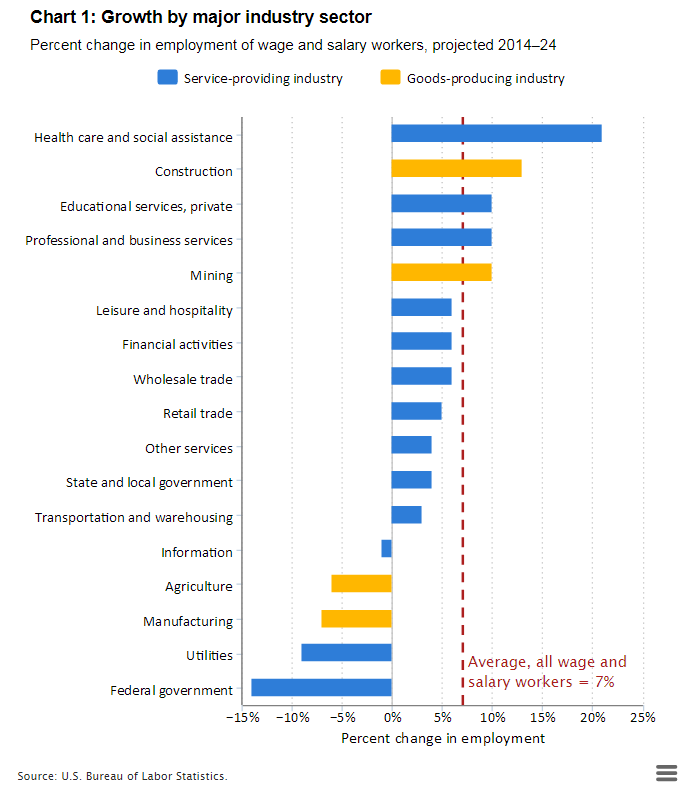Over the next decade, there will be fewer healthcare providers. However, one in four new jobs will be in healthcare¹. Despite the demand for skilled and experienced staff to serve the needs of an aging U.S. population, workforce availability is declining. Intense competition for talent will drive up compensation.
But let’s add more ingredients to our insomnia elixir – legislative changes, reduced funding, patient engagement and the complexity of managing population health while improving quality. To survive, organizations will need to identify, recruit, train and retain a highly skilled workforce to care for our communities. We’ve approached the call-to-action era of assessing workforce needs, planning and using resources in new ways.
Soon we’ll witness the most competitive job market in our lifetime. Below are national averages. Rural healthcare will experience additional resource shortages. About 19 percent of our population resides in rural areas, however, only 11.4 percent of physicians practice there².
Chart 1: Growth by major industry sector³
As we look ahead, it’s essential that the board focus management on developing and implementing a strategic workforce plan. When developing this roadmap, at a minimum consider the following:
1. The makeup of your organization’s future workforce pool
- Will (and how will) you need to change to be attractive? These can be changes in organizational culture. For example, some healthcare organizations offer employees part-time and full-time telecommuting, depending on the role, skillset, limited talent supply, etc.
- Is it mandatory to review all policies and practices to offer an appealing environment? For instance, take attire and trends of particular generations into consideration. These include nose piercings, tattoos and brightly colored hair dye.
- Should you actively engage your communities, employees and stakeholders for input to ensure a robust perspective?
2. Future services your organization will provide
- Which skills and how many employees do you need?
- Is this talent found in the hiring pool, or must you “grow your own”?
- Keep in mind that services might change as a result of technology, pharmacology, competition and unpredictability, to say the least.
3. Understanding and managing your culture
- Ensure that employee engagement is part of your leadership team’s ongoing work and not just an annual survey.
- Track and demonstrate changes resulting from employee input as a testament to your organization’s commitment to making voices heard. This process also enhances understanding of your workforce’s diverse needs and provides insight about retention opportunities.
4. Evolution
- As our environment and challenges change, it’s important to remain ever flexible, updating strategies and challenging the status quo.
Elizabeth B. Hanckel, M.A., is an Associate of Practical Governance Group and recognized nationally as a leader in HR strategy, innovation and transformation. She offers more than 35 years of healthcare experience, 30 as an HR executive and consultant for a variety of small and large healthcare systems and associations. She serves as Workforce Strategies Leader for Western Healthcare Alliance. Reach her at 970-948-8190 and ehanckel@gmail.com.
¹ Emily Richards, “Overview of projections to 2024,” Monthly Labor Review, U.S. Bureau of Labor Statistics, December 2015, https://doi.org/10.21916/mlr.2015.50.
² Rosenblatt RA, Chen FM, Lishner DM, Doescher MP. Final report 125: The future of family medicine and implications for rural primary care physician supply. Seattle, WA: WWAMI Rural Health Research Center, University of Washington; 2010.
³ “Projections of industry employment, 2014–24,” Career Outlook, U.S. Bureau of Labor Statistics, December 2015.


